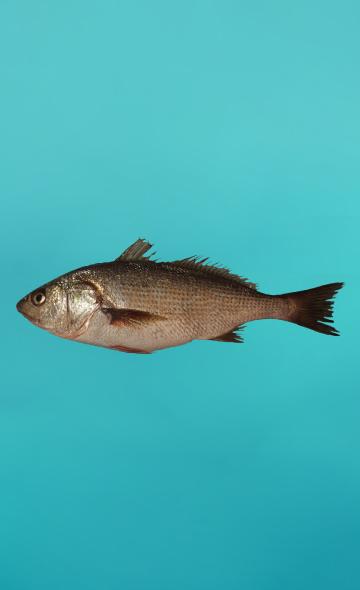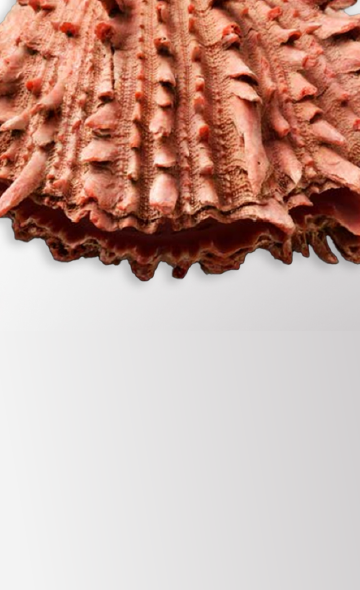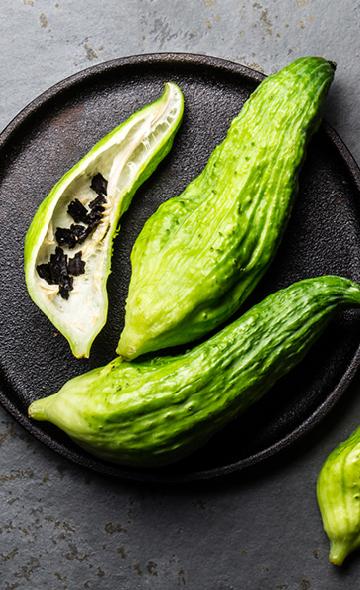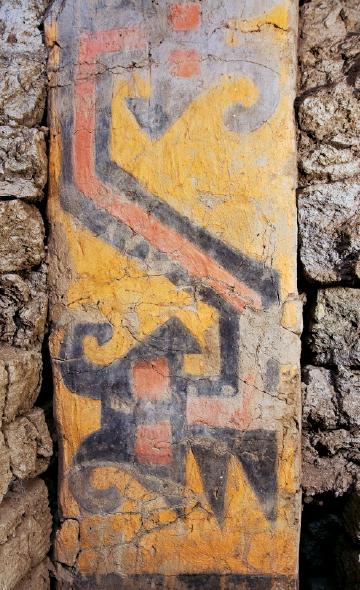- Visitors
- Researchers
- Students
- Community
- Information for the tourist
- Hours and fees
- How to get?
- Visitor Regulations
- Virtual tours
- Classic route
- Mystical route
- Specialized route
- Site museum
- Know the town
- Cultural Spaces
- Cao Museum
- Huaca Cao Viejo
- Huaca Prieta
- Huaca Cortada
- Ceremonial Well
- Walls
- Play at home
- Puzzle
- Trivia
- Memorize
- Crosswords
- Alphabet soup
- Crafts
- Pac-Man Moche
- Workshops and Inventory
- Micro-workshops
- Collections inventory
- News
- Students
- Andean Food Series: The Lorna
News
CategoriesSelect the category you want to see:
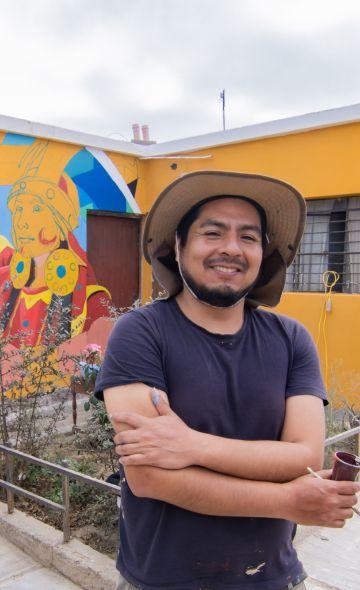
Magdalena de Cao to Once Again Host an International Mural Art Gathering ...
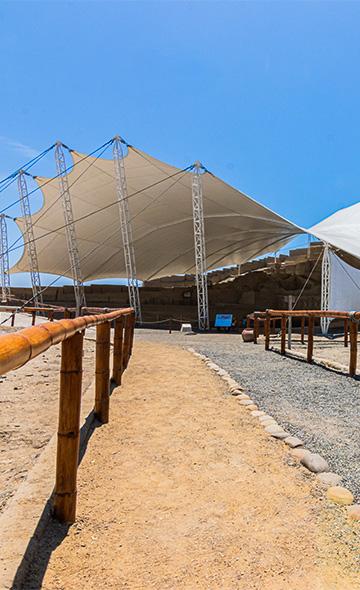
Explore El Brujo Through Virtual Tours: Culture and History at a Click ...
To receive new news.
By: Jose Ismael Alva Ch.
By: José Ismael Alva Ch.
Resident Archaeologist of the El Brujo Archaeological Complex | Wiese Foundation
The lorna (Sciaena deliciosa) is a fish that inhabits the Southeastern Pacific Ocean, between the current countries of Peru and Chile. Join us to learn about this species, the history of its consumption and its nutritional properties.
Biological characteristics
Currently, the lorna is distributed between Tumbes (Peru) and Antofagasta (Chile), an area where the Humboldt Current, with cold waters and rich in phytoplankton and zooplankton, has a favorable impact on an important diversity of marine species. The lorna lives in sandy and sandy-muddy bottoms, and near estuaries. Adults can reach a size of 45 cm (Melchorita Peru LNG n.d.; Pérez, Atoche-Suclupe, and Culquichicón 2020).
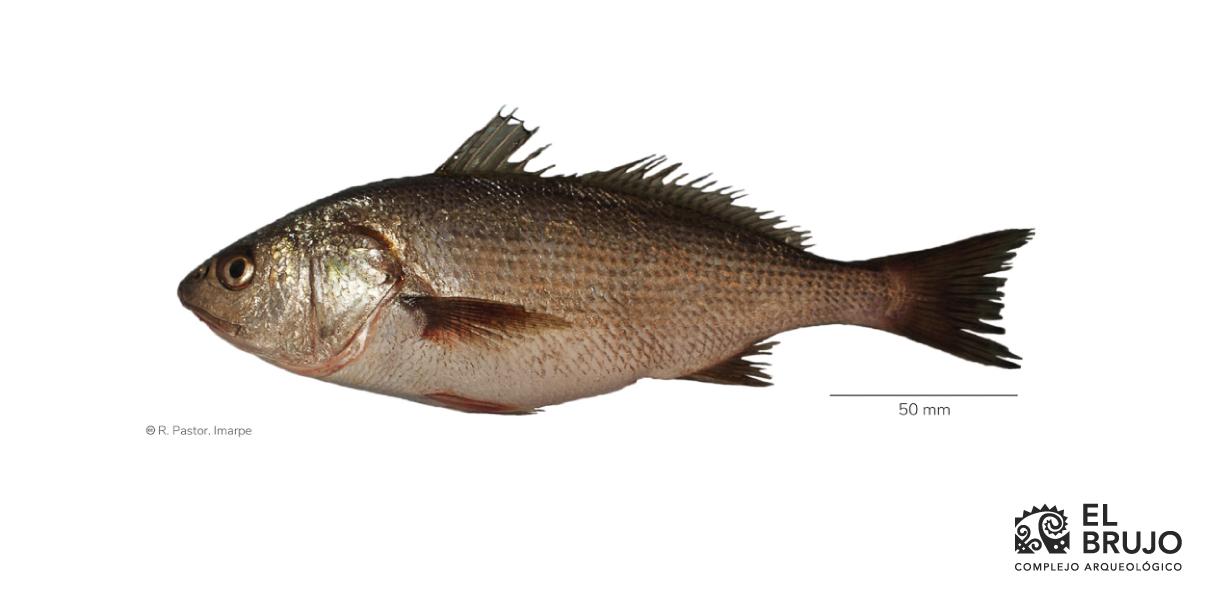
Figure 1. Lorna (Sciaena deliciosa). Photo: Sea Institute of Peru (IMARPE).
Consumption in pre-Hispanic times
The oldest evidence of lorna consumption was found in different archaeological sites on the southern coast of Peru, between the current regions of Arequipa, Moquegua and Tacna. Of these places, Quebrada de Jaguay (Arequipa) contains the oldest remains, because there were human communities there exploiting the resources of the area between 11,040 and 9340 years BC. According to reports, the fishing of those remote times managed to catch lornas of a size of 17 cm (León 2013: 377-78).
In the archaeological complex of El Brujo, located on the coastline of the Chicama Valley (La Libertad), the first Lorna remains appear in the first stages of human occupation in Huaca Prieta, between 6080 and 5887 BC (Dillehay 2017: 230).
In Huanchaco Bay, archaeologists have identified that between 1200 and 1100 BC. The inhabitants of this coastal area began to replace their consumption of sharks, rays, croakers and robalos, with smaller fish. Among the marine species that gained greater food preference was the lorna (Prieto et al., 2022, p. 55).
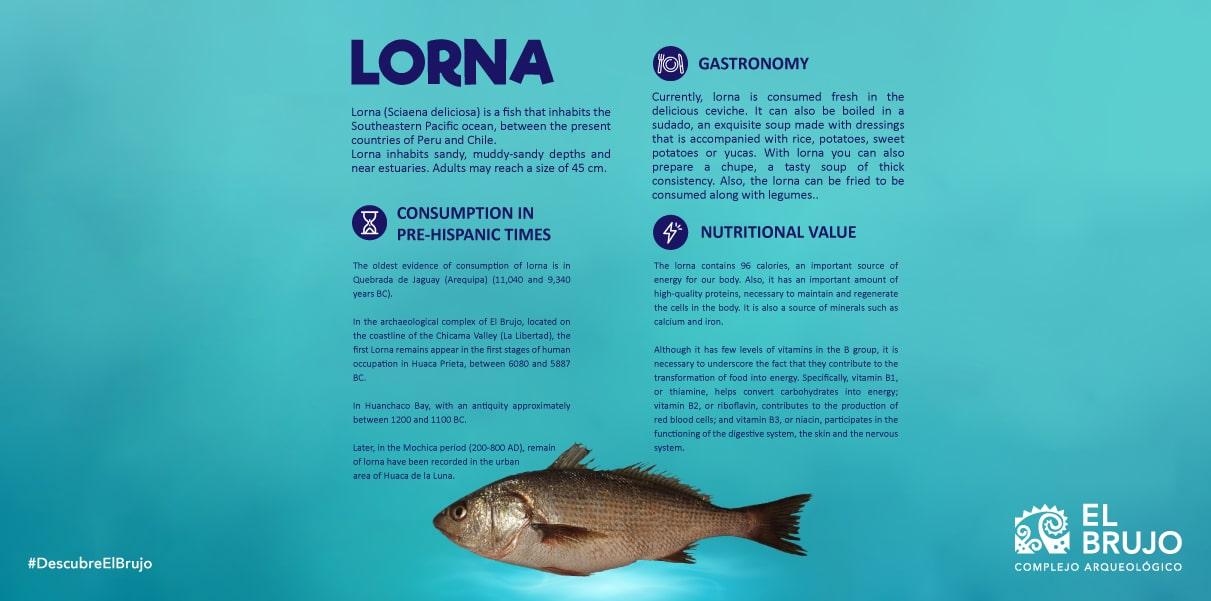
Later, in the Mochica period (200-800 AD), remains of lorna have been recorded in a kitchen found in the urban area of Huaca de la Luna. That space was destined for the production of large quantities of food and beverages for ceremonial activities and banquets (Vásquez and Rosales 2006:283).
The lorna and gastronomy
In Peruvian cuisine, lorna meat can be cooked in different ways. Currently, lorna is consumed fresh in the delicious ceviche. It can also be boiled in a sudado, an exquisite soup made with dressings that is accompanied with rice, potatoes, sweet potatoes or yucas. With lorna you can also prepare a chupe, a tasty soup of thick consistency. Also, the lorna can be fried to be consumed along with legumes.
Nutritional values
The lorna contains 96 calories, an important source of energy for our body. Also, it has an important amount of high-quality proteins, necessary to maintain and regenerate the cells in the body. It is also a source of minerals such as calcium and iron.
Although it has few levels of vitamins in the B group, it is necessary to underscore the fact that they contribute to the transformation of food into energy. Specifically vitamin B1, or thiamine, helps convert carbohydrates into energy; vitamin B2, or riboflavin, contributes to the production of red blood cells; and vitamin B3, or niacin, participates in the functioning of the digestive system, the skin and the nervous system.
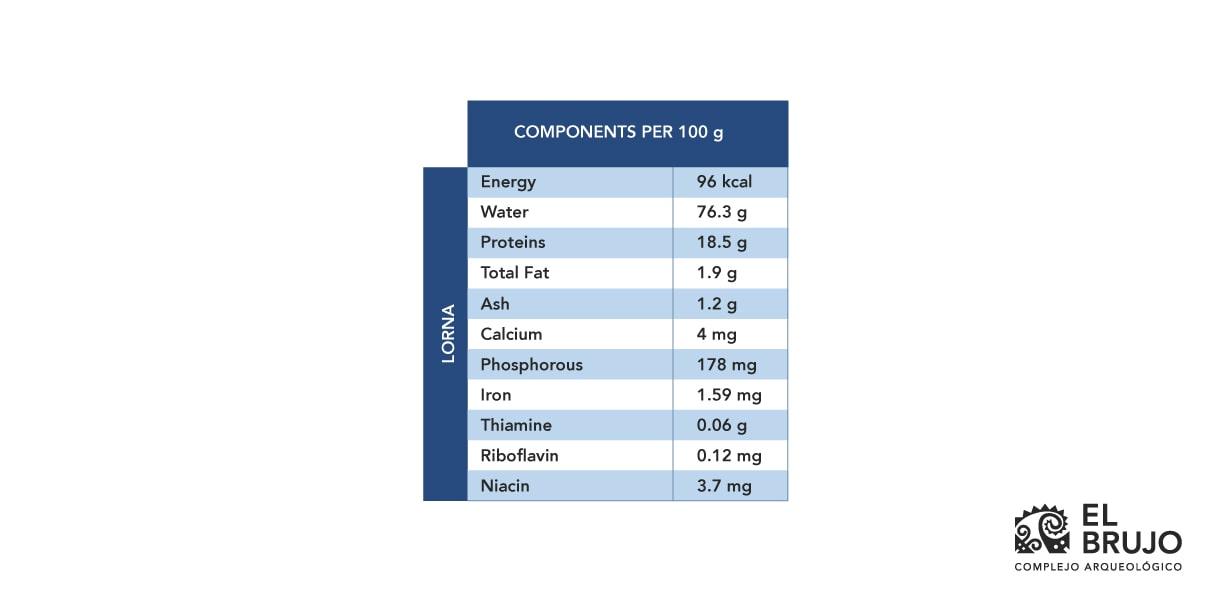
Nutritional table of lorna. Based on information published by the National Institute of Health (Reyes et al., 2017, pp. 42-43).
Bibliographic references
-
- Dillehay, T. D. (Ed.). (2017). Where the Land Meets the Sea. Fourteen Millennia of Human History at Huaca Prieta, Peru. Texas University Press.
- León, E. (2013). 14,000 years of food in Peru. Universidad de San Martín de Porres.
- Prieto, G., Druc, I., Arrelucea, L., Chavarria, H., Asencio, J. & Flores, L. (2022). The occupation of the Late Initial Period (1100/1000 – 800 BC) and the Early Horizon (800-500/400 BC) in Huanchaco, northern coast of Peru. Archaeology and Society 36, pp. 9-66.
- Reyes, M., Gómez-Sánchez, I., & Espinoza, C. (2017). Peruvian tables of food composition. Ministry of Health, National Institute of Health.
- Vásquez, V., & Rosales, T. (2006). Analysis of Organic Remains (Zoological and Botanical) of CA-35 and CA-17, Moche Urban Zone—Huaca de la Luna. In S. Uceda & R. Morales (Eds.), Huaca de la Luna Archaeological Project. Technical Report 2005 (pp. 275-302). National University of Trujillo.
Students , outstanding news


